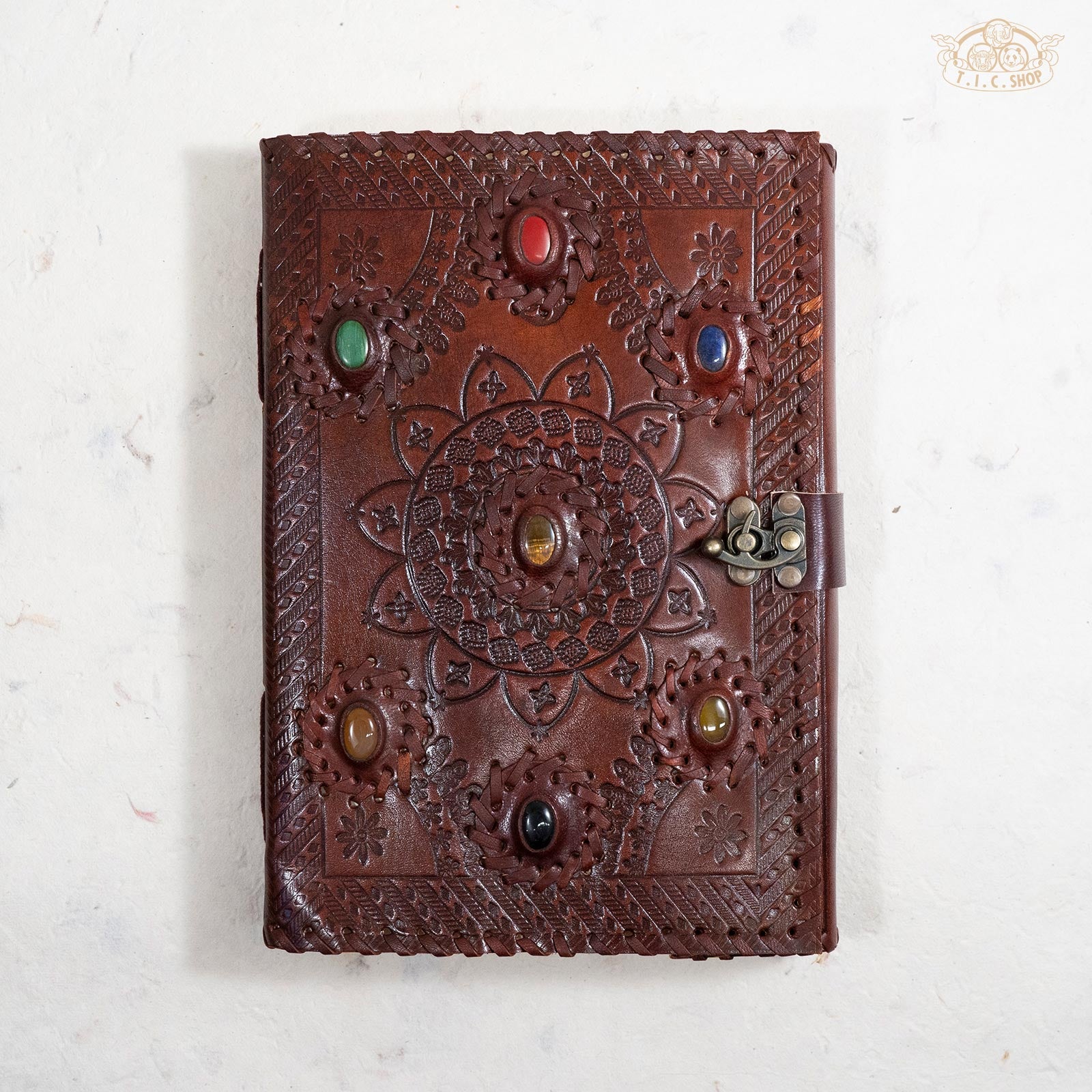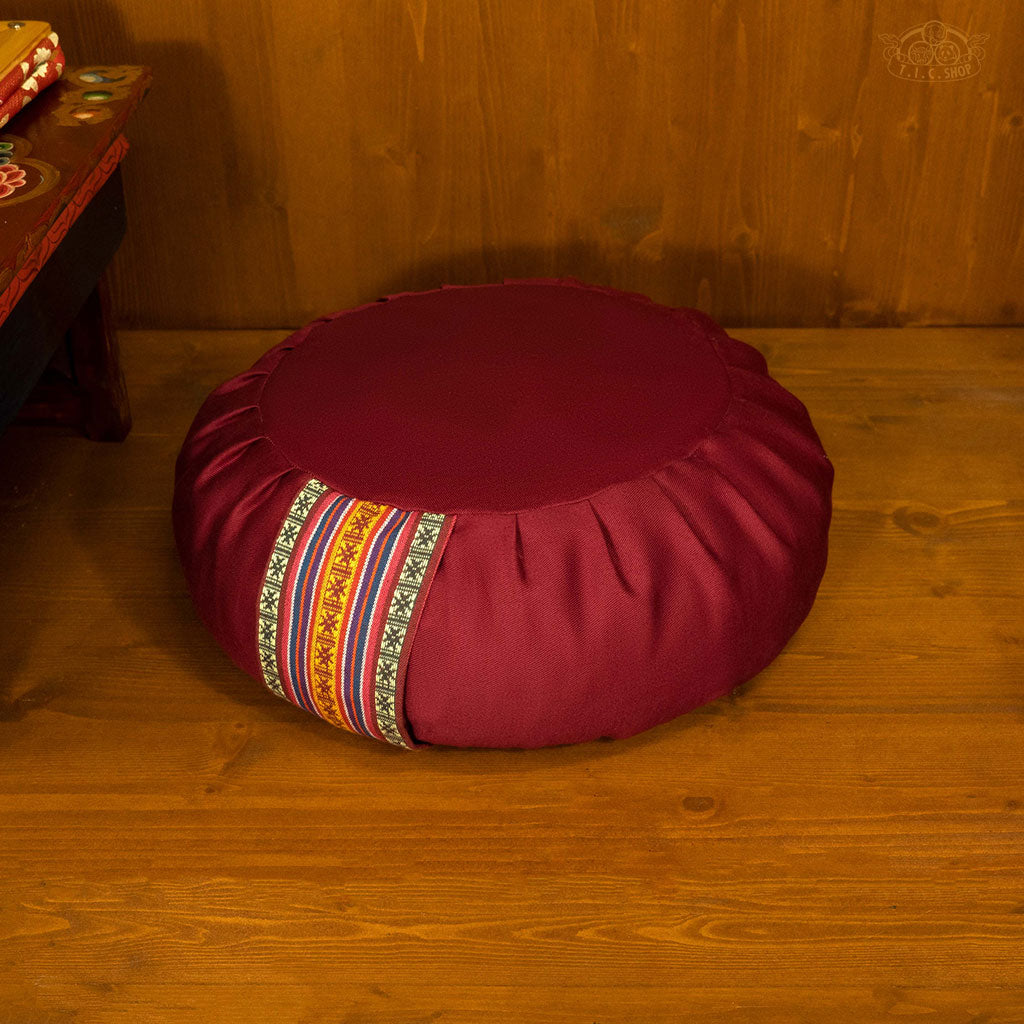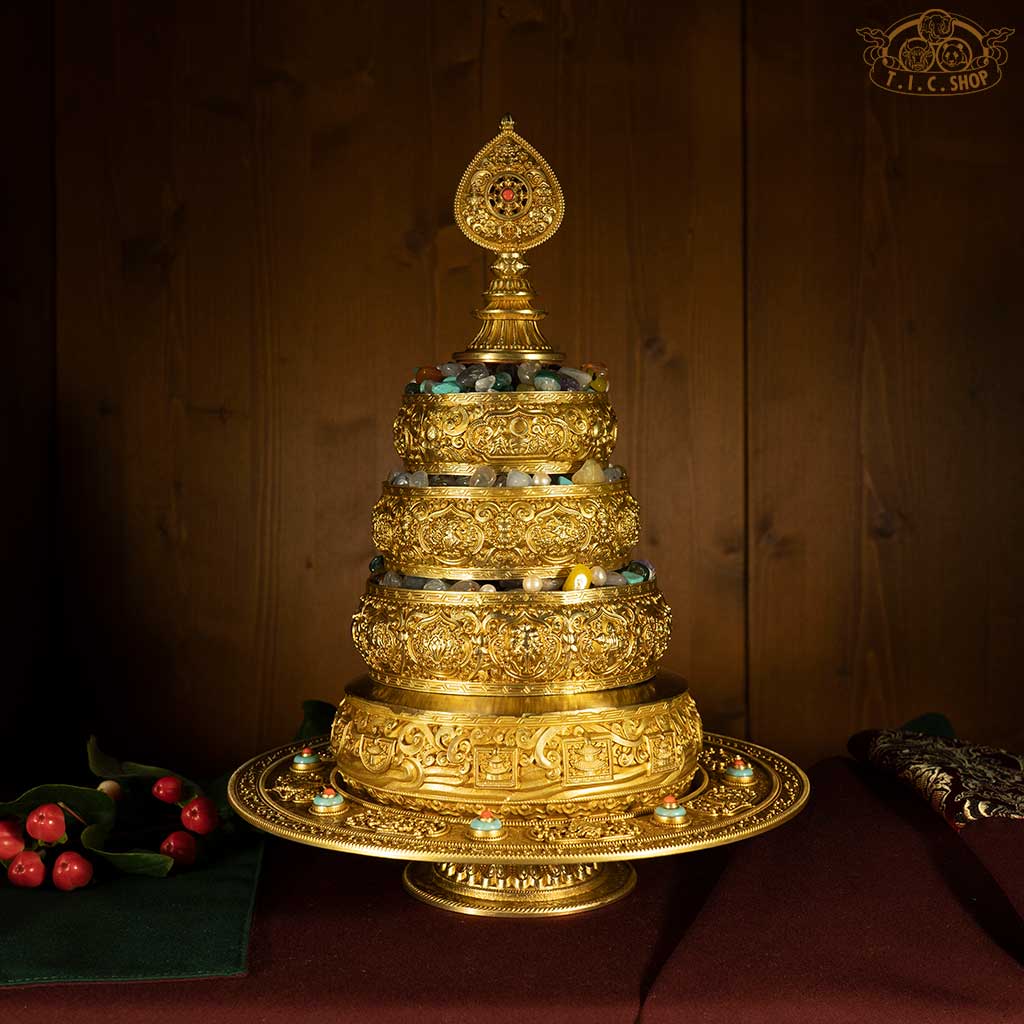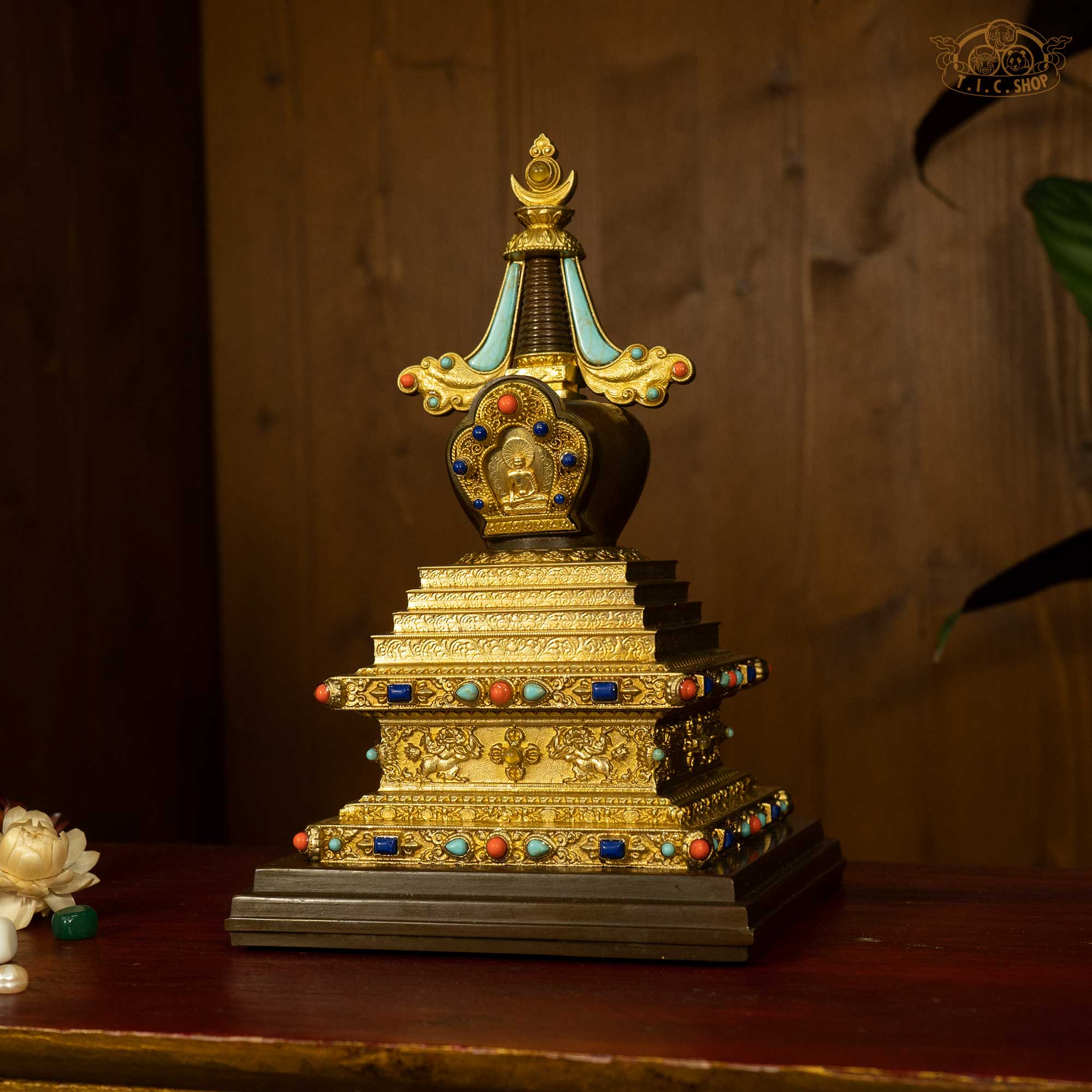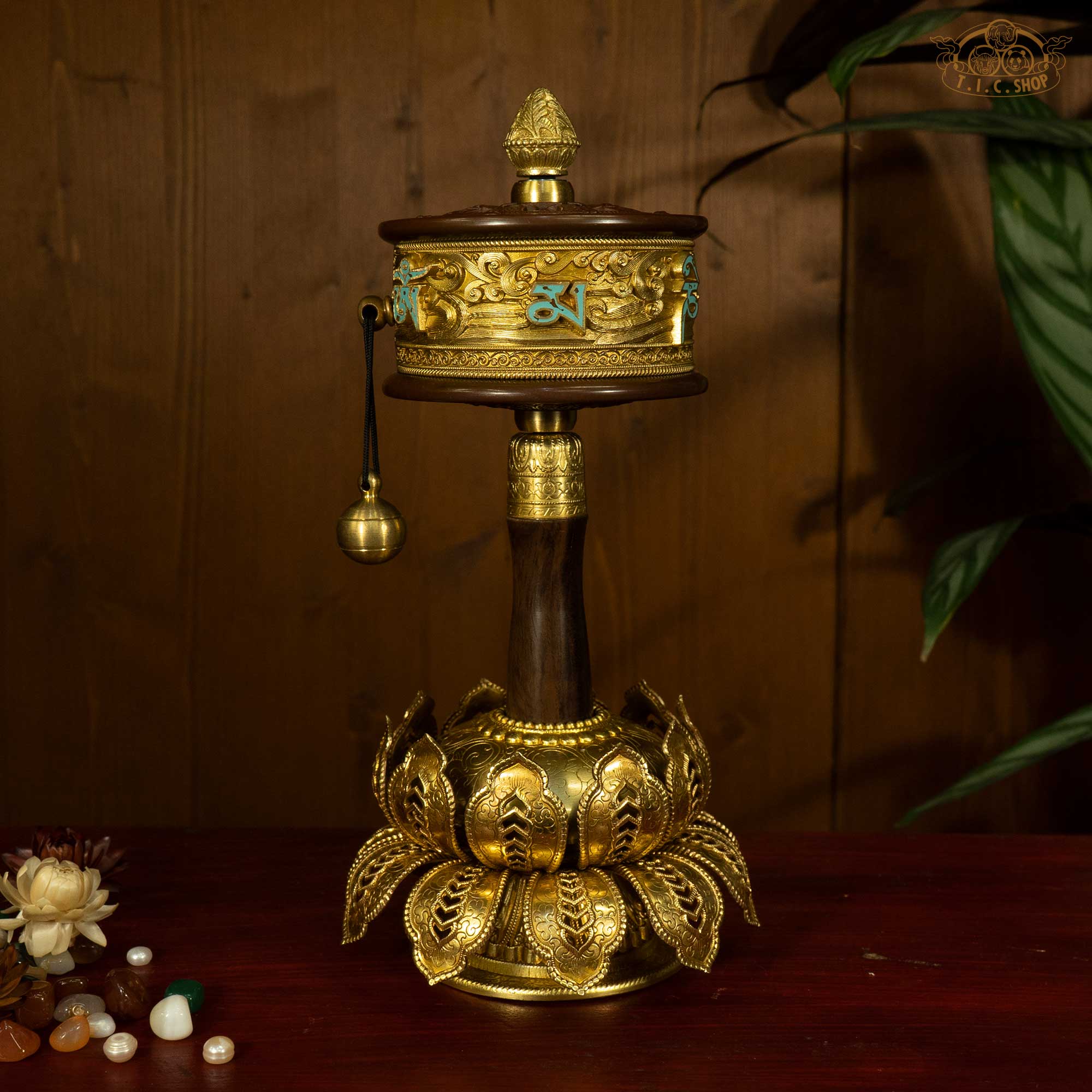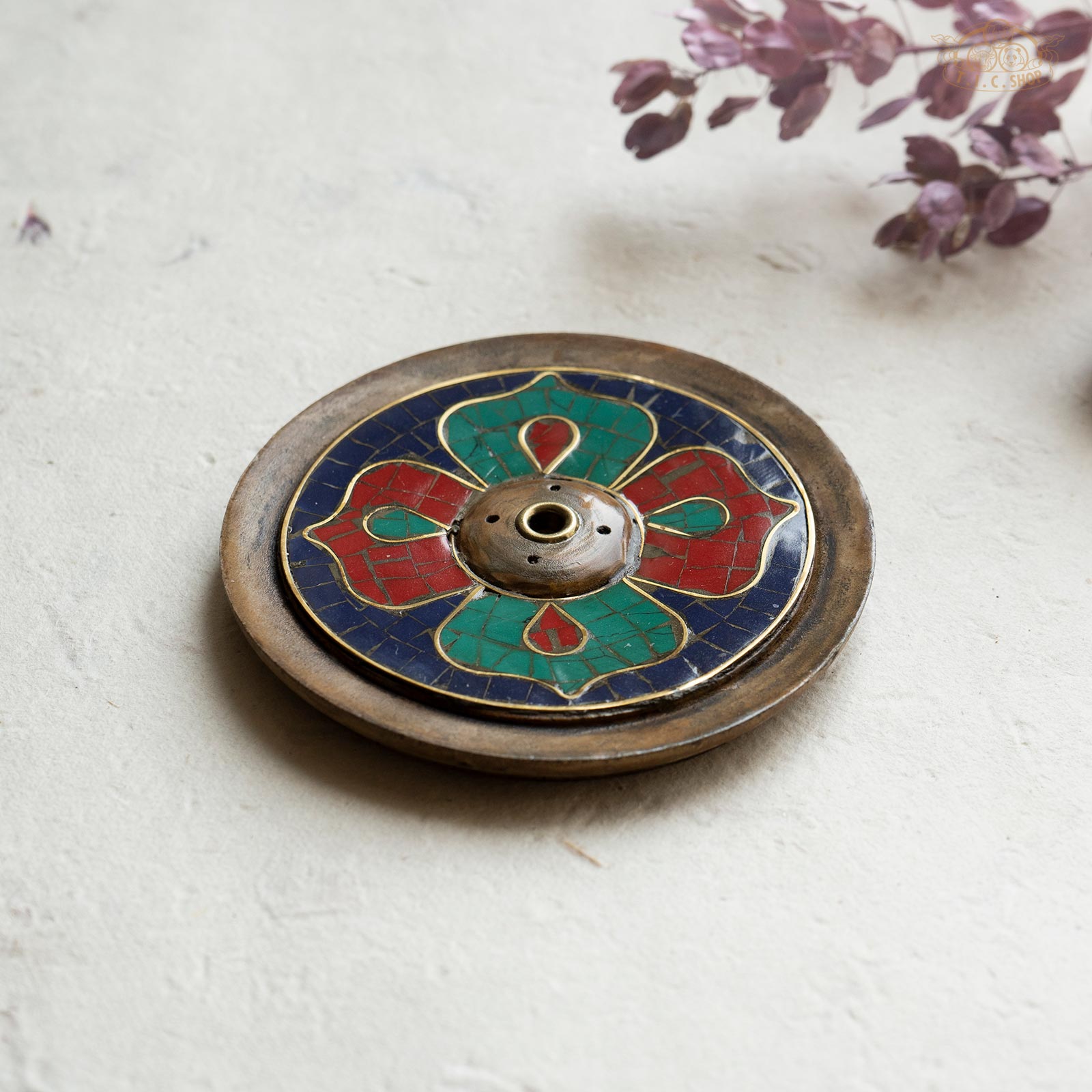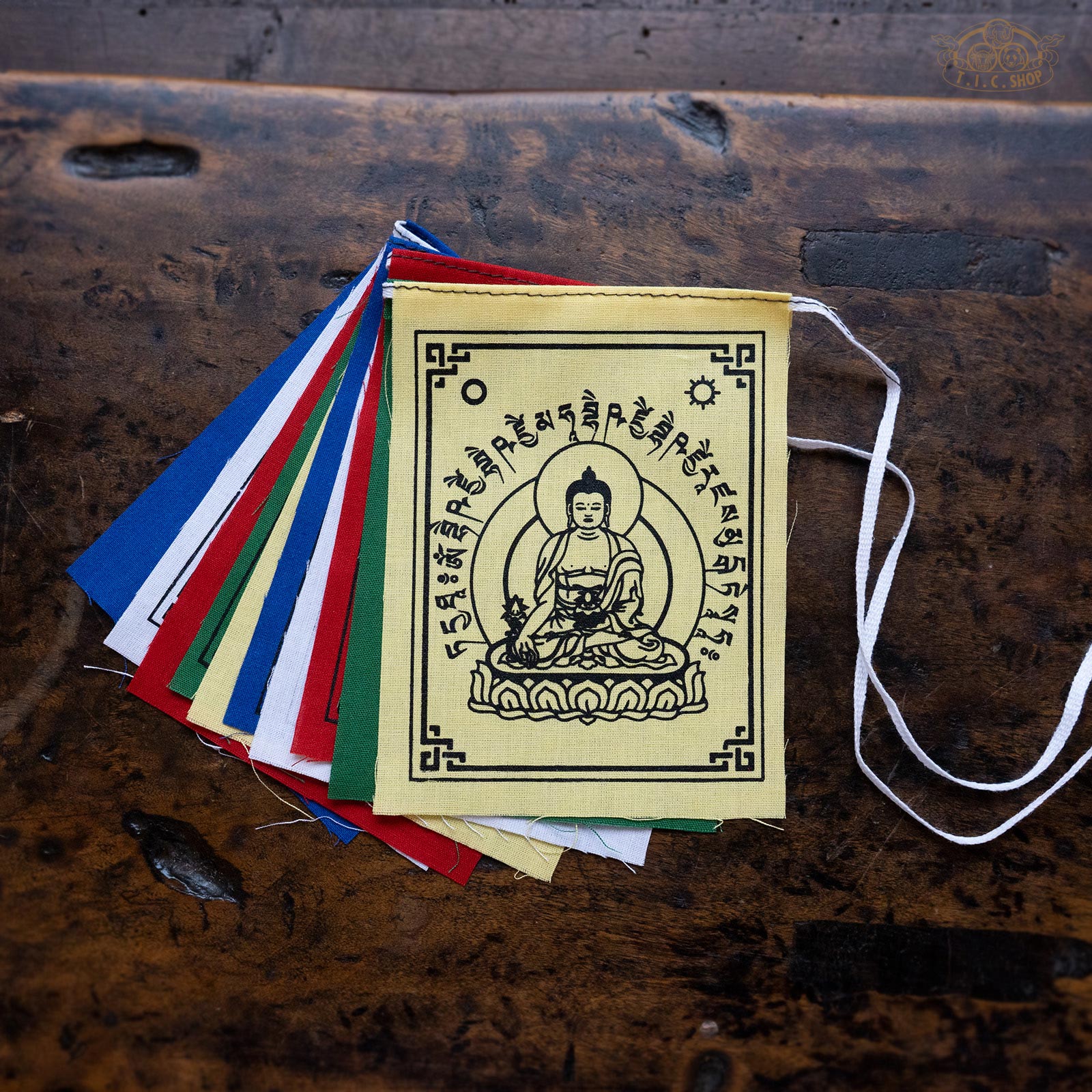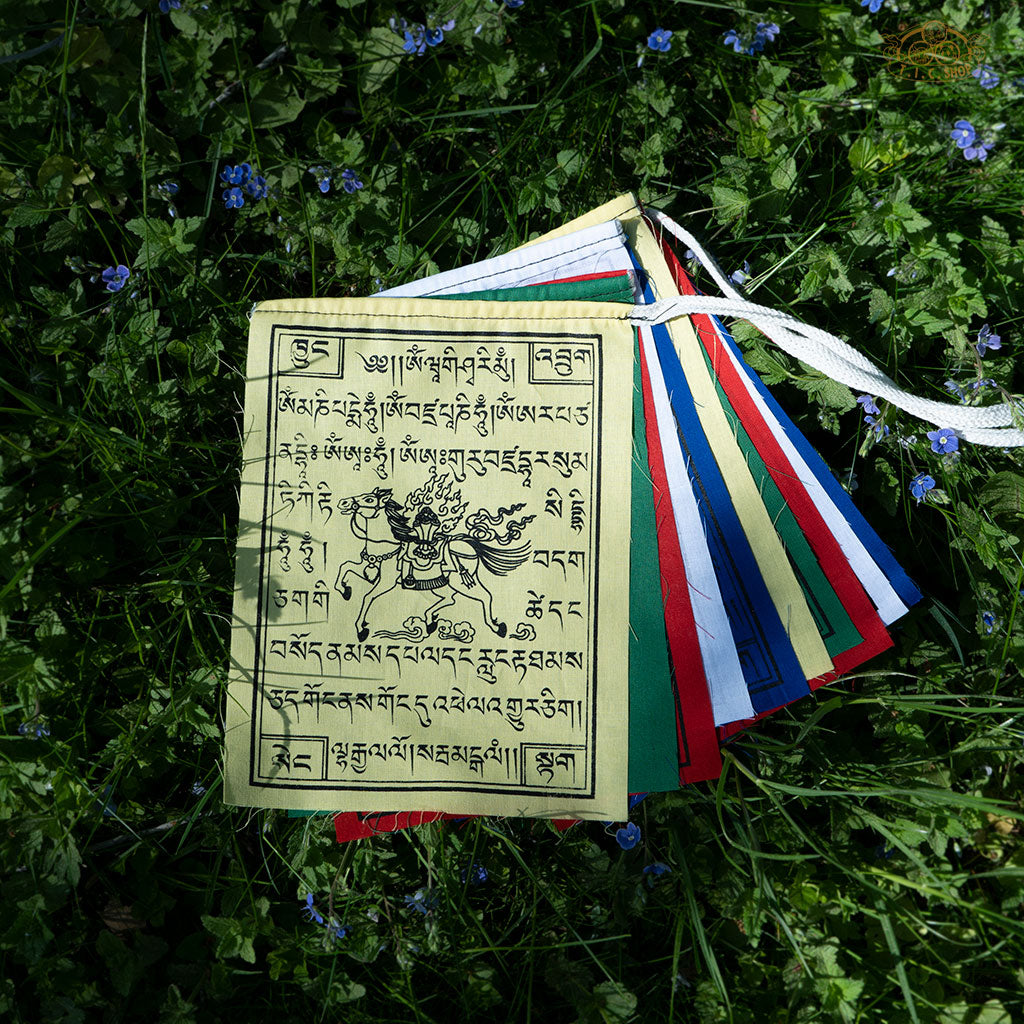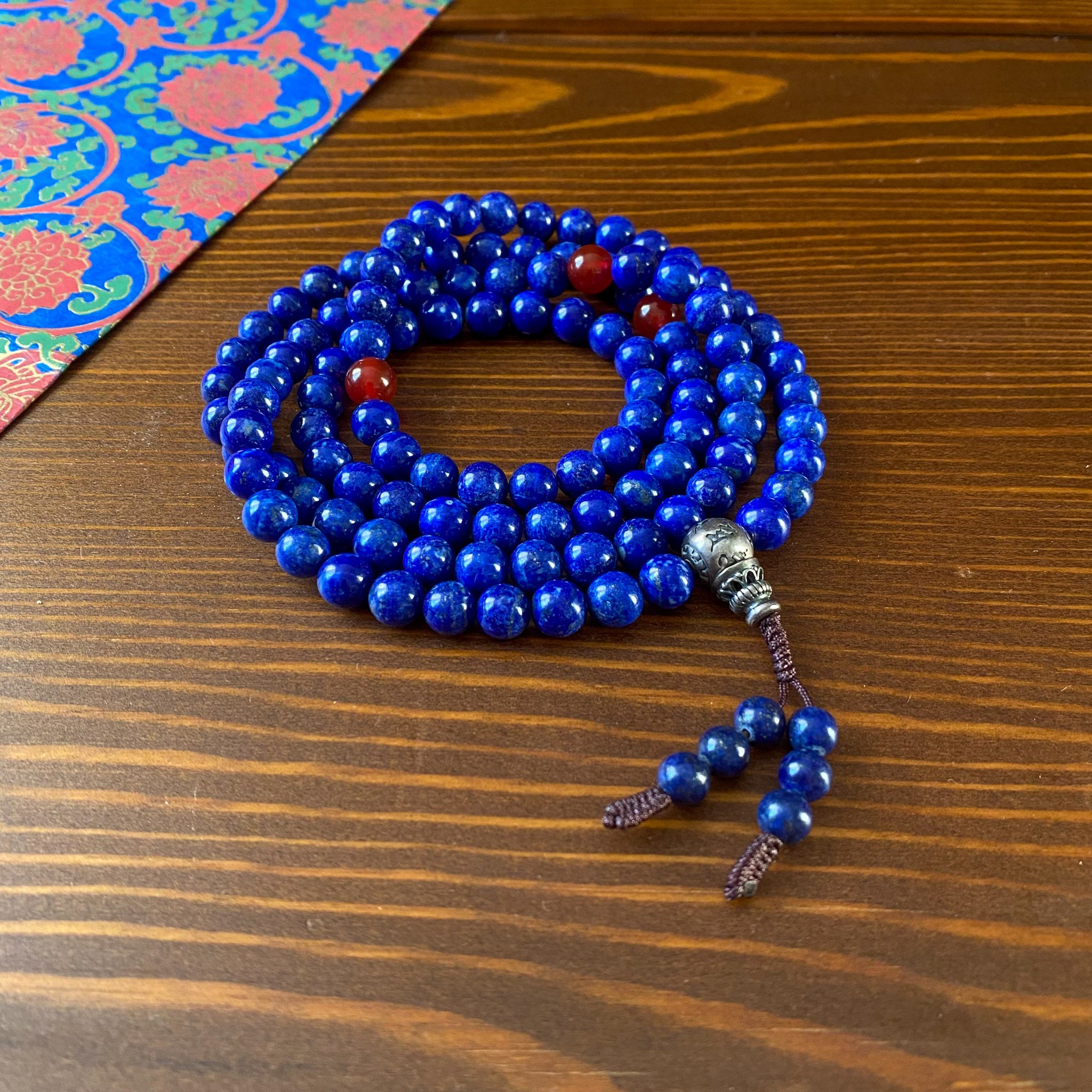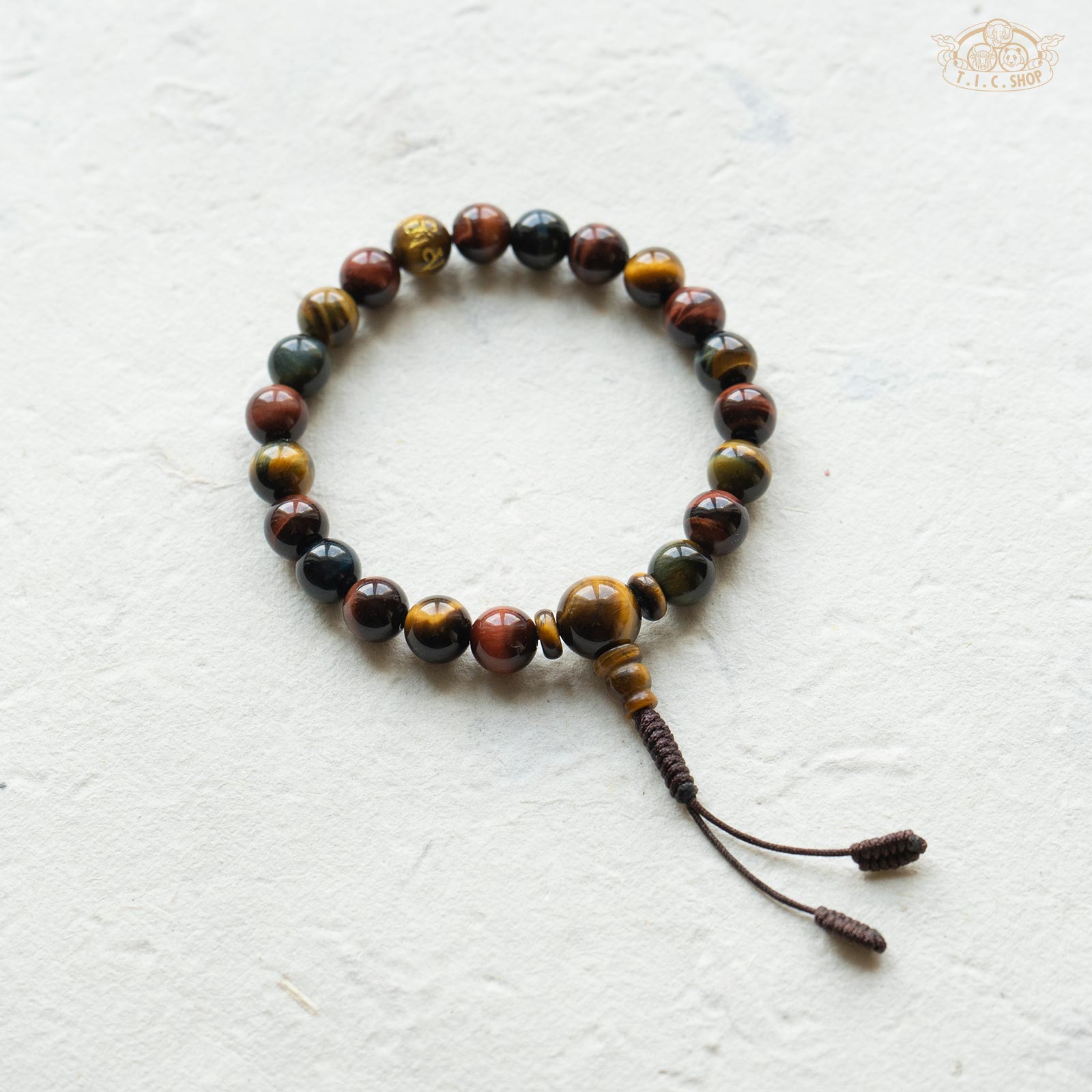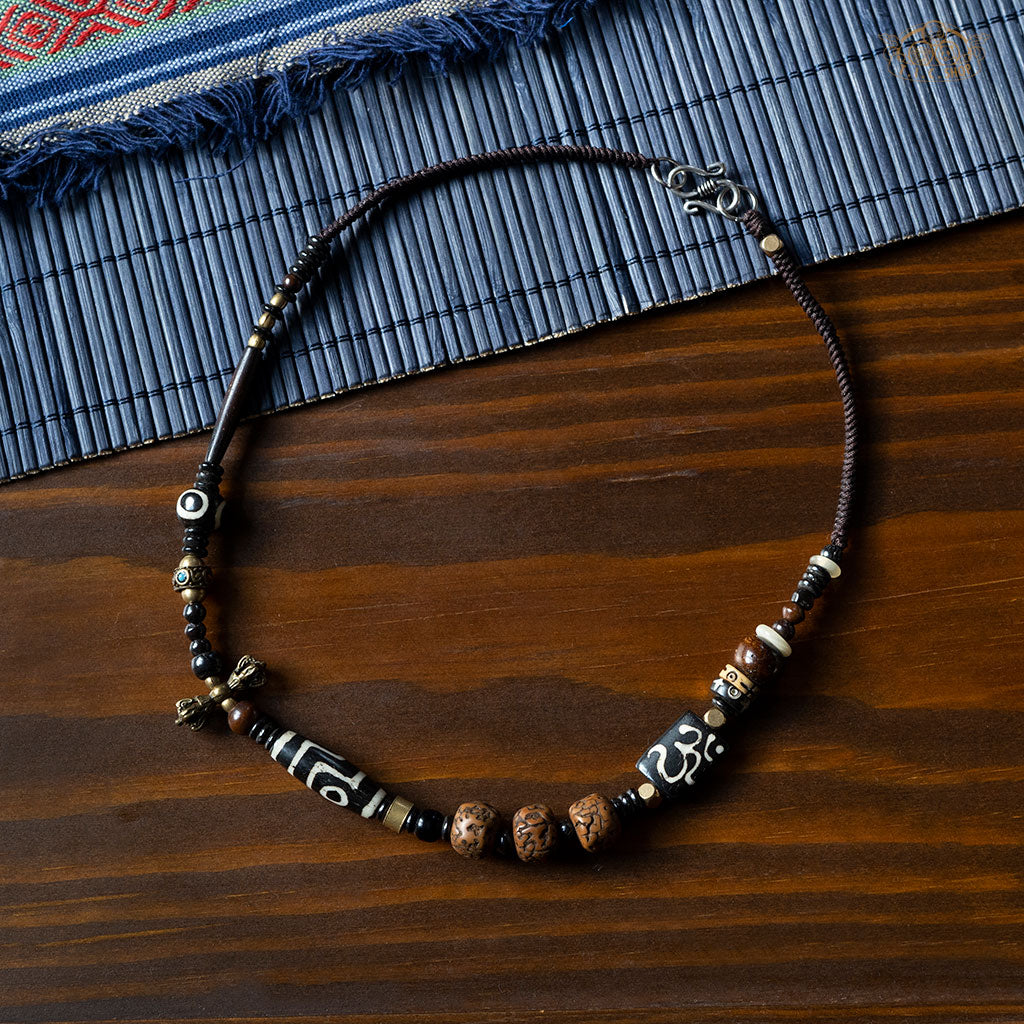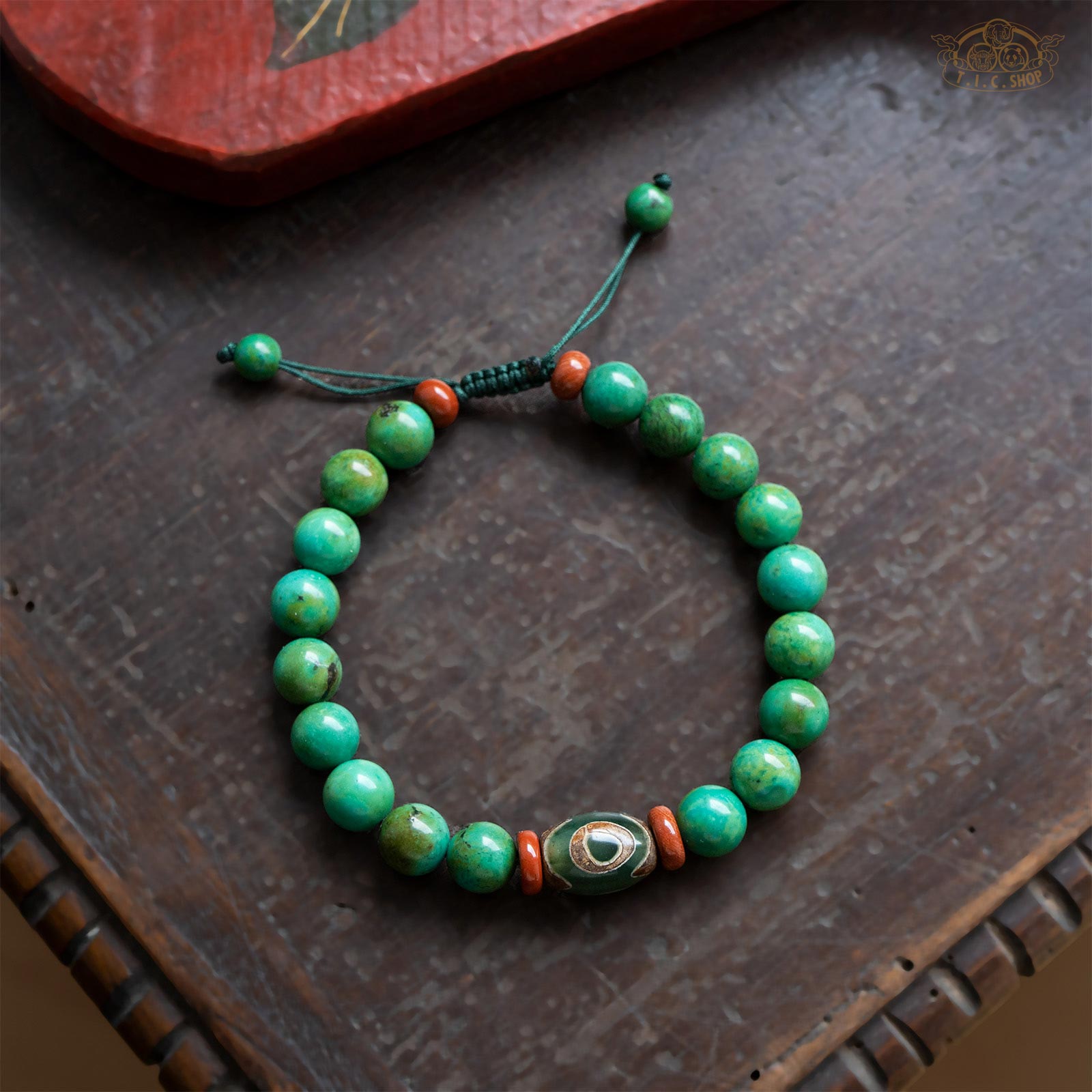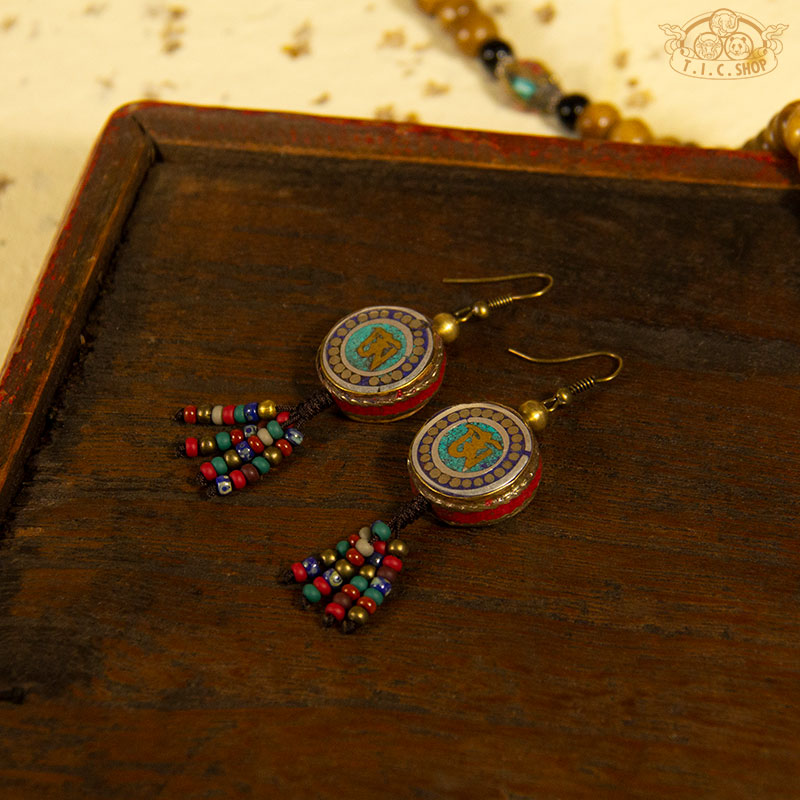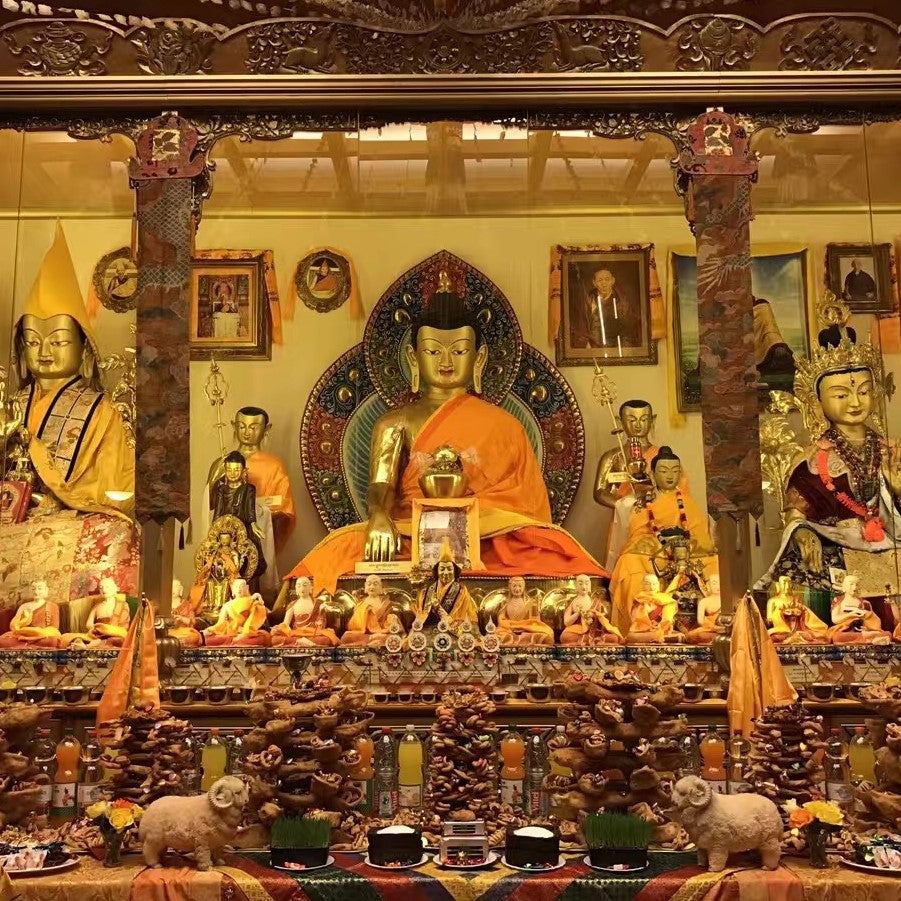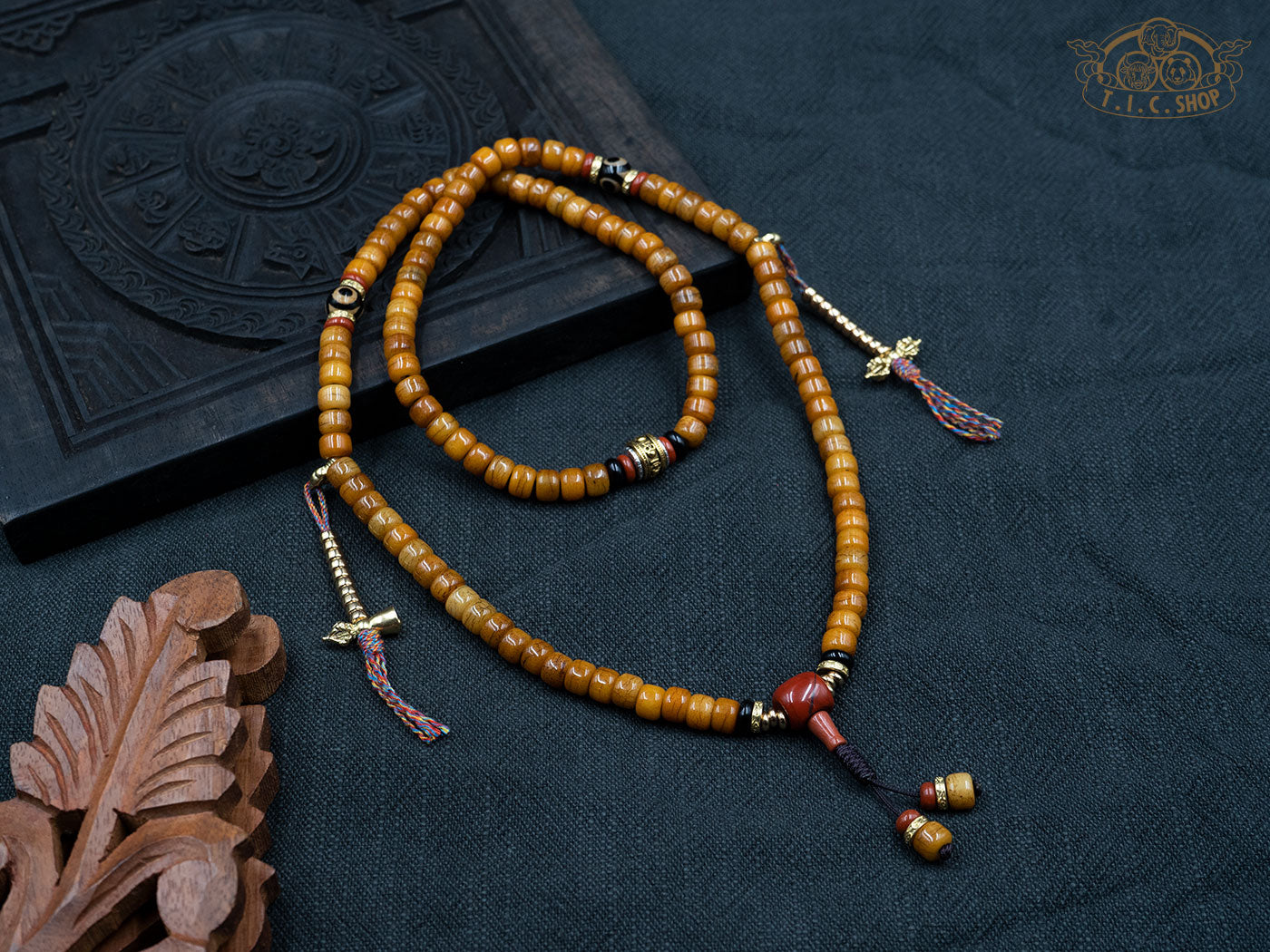Losar — Tibetan New Year
According to the lunisolar Tibetan Calendar, each year the Losar is held in different date, which equals to the period of February-March in European Gregorian calendar. The preparations for the New Year generally begin in the last month of the previous year. In addition to purchasing the new year's goods for eating, drinking, and playing, every household must arrange a grain bucket called "Chemar", which is a mixture of fried wheat and ghee in a wooden box with colored patterns, green spikes and ghee flowers. Also soak a bowl of barley seeds in water to make them grow 3-10cm, and then, "Chemar" and the barley seeds are enshrined in the middle of the Buddhist altar, in good hopes for the next year’s harvest.
Entering New Year's Eve, the window door should be replaced with a new curtain, and a new set of prayer flags should be installed on the roof. The front door, beam and the kitchen should also be painted with auspicious patterns with white powder to demonstrate a festive atmosphere.


Making Tsepdro
Tsepdro —Tibetan Butter Sculptures, is one of the most beautiful sacred arts of Tibet. The kind of Tibetan butter sculpture commonly created at Losar and enshrine to the Buddhist altar. The most popular designs for the butter sculptures are:
- flower
- tashi flowerdargye: the 8 auspicious symbols
- norbu kagyi:the precious jewel
- thunpa punshi: the 4 harmonious friends (elephant, monkey, rabbit and bird)
- tsering drukor:the 6 elements representing longevity: an old man, river, crane, deer, tree, cliff
- nyima dawa:the sun and moon
Praying for the Protectors
On the first day of the new year, prayers to the Protectors start before the sunrise.
During the prayers, each person collects a little bit of chemar (mixed tsampa, sugar and butter) and wheat grains, which are thrown up in order to call in good luck. That is followed by partaking of the salty Tibetan butter tea and Drese – Tibetan auspicious rice –, which will be shared by monks and lay altogether. The auspicious rice is a combination of white rice with raisins, troma (Tibetan mini potato), sugar and melted butter. Finally, porridge (Trothug) is distributed symbolizing the forecoming good luck. At the same time, those food articles that have already been blessed by holy mantras are distributed amongst all.

Having a Guthug
The old year’s last meal is called Guthug (soup of the New Year’s Eve), which is made of a homemade Tibetan noodle with sorted articles in small dough balls. Housewives quietly pack stones, wool, peppers, charcoal, coins and other items in some noodle towers before cooking. A stone represents the hardly heart, wool represents the softly heart, charcoal represents the nice, pepper represents the mouth is not forgiving, and a coin indicates that the fortune is prosperous. Each person will pick a ball from the pot: the object they find will reveal their omen for the coming year. Everyone talks to each other, laughingly and igniting the climax of joy. This is the most entertaining part of the evening.
Making "Khapse"
Near the festival, people are not only busy cleaning the courtyard, but also carefully making "Khapse", a beloved, deep-fried pastry eaten and offered most commonly at Losar, but also sometimes on other special occasions, like Tibetan weddings. There are a whole bunch of different kinds of khapse – from huge ones in the shape of a donkey ear (bhungu amchoe) that are placed as offerings on Losar shrines, to the large braids of mukdung, to the crispy circles of bulug, butterfly shape, strip shape, square shape, round shape and other shapes. It is both a decorative piece of art and a treat for the guests.
Khapse recipe
- 1kg all-purpose flour
- 180g of molten butter which has been added to flour.
- 170g of sugar
- 2L sunflower oil for deep frying
- Red food color to be added on a third of the batch, in order to create different designs.
The first white third should be made flat. Upon it the red third is to be stretched. The remaining white third should cover those, creating a white-red-white pattern, which will be cut and folded into the auspicious striped figures.
© 2020 TIBETBOUTIQUE
Confidential Intellectual Property, may not be distributed without prior permission info@tibetboutique.eu

